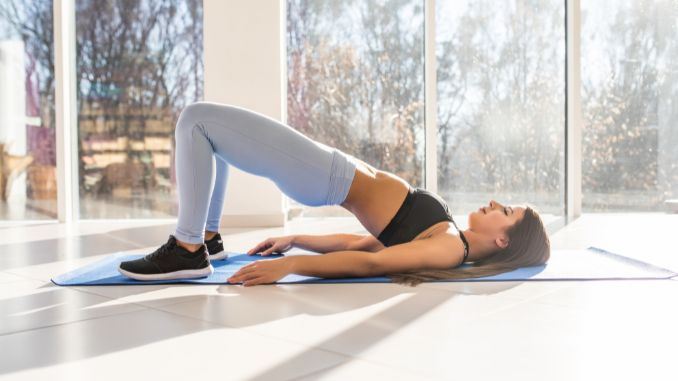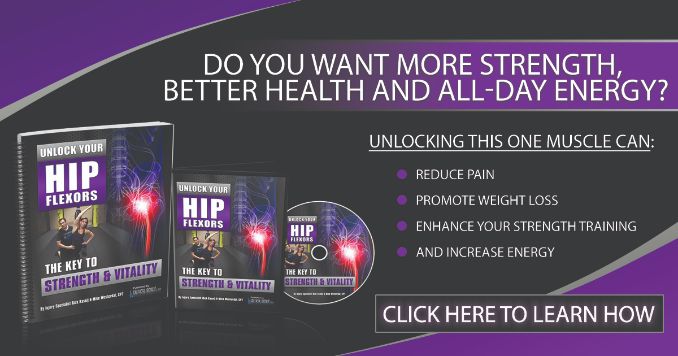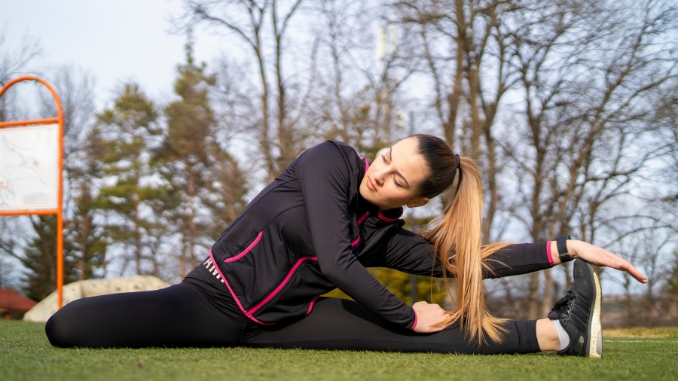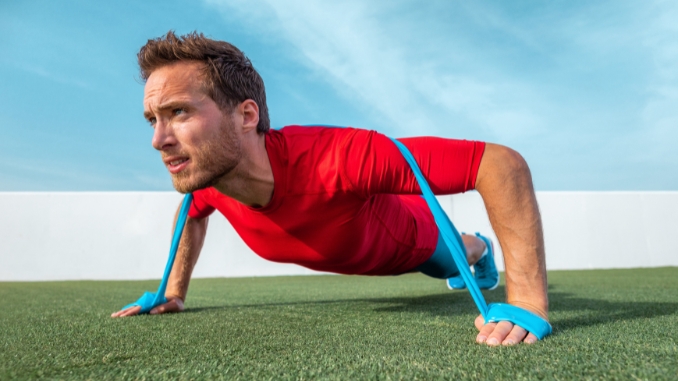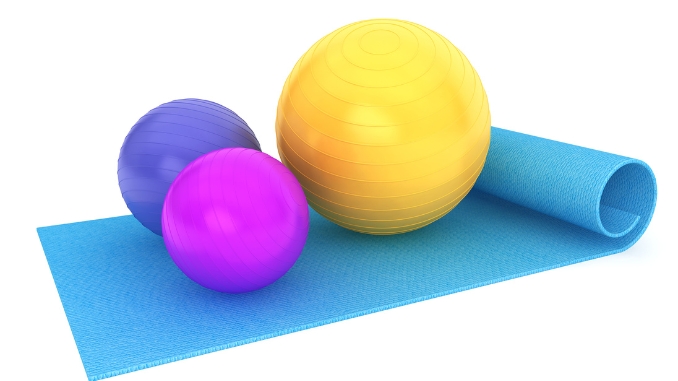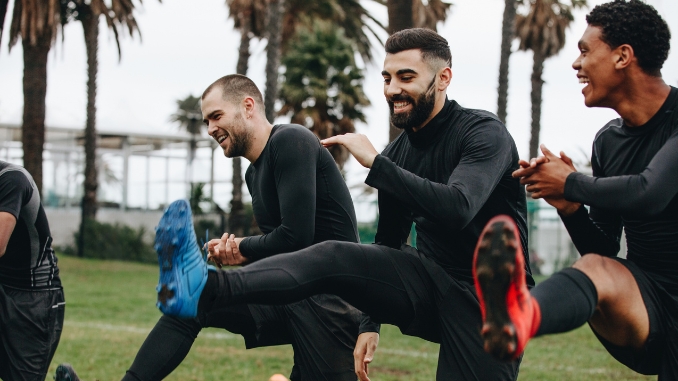In the realm of contemporary beauty standards, the natural anatomical feature known as "hip dips" has been a subject of misconception, profoundly impacting how individuals perceive their own bodies. In a society that often idolizes a singular, often unattainable body type, the existence of hip dips has left many feeling self-conscious about their physical appearance. These have led some to label them as undesirable despite their entirely normal and genetic origins, resulting in negative self-image and body dissatisfaction.
This article explores the significance of embracing one's unique body, hip dips included, as an essential step toward fostering a healthier self-image and self-acceptance.
Are Hip Dips Normal?
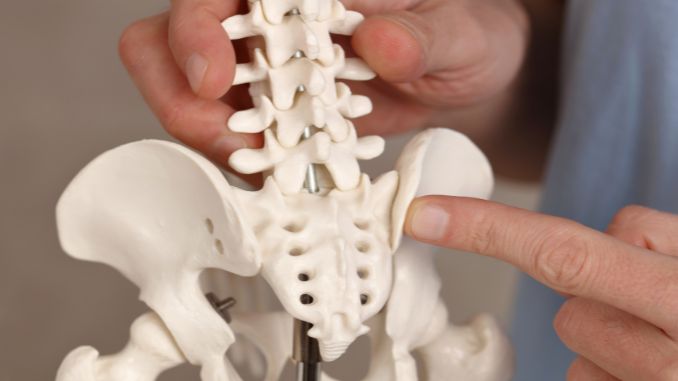
Hips dips are also known as "Violin Hips." The appearance of hip dips is primarily caused by the natural arrangement of muscles, ligaments, and fat in the hip and thigh area. These subtle indentations occur where the skin is anchored to the underlying structures by connective tissues and ligaments, making them completely normal.
Additionally, People having more noticeable hip dips may have higher hip bones. Others may have less prominent ones, and both variations are entirely normal and should not be considered a flaw.
The 2 main muscle groups involved in the formation of hip dips.
1. Gluteus medius. The gluteus medius, located on the outer part of the buttocks, contributes to the contour of the hips.
2. Tensor Fasciae Latae (TFL). The TFL muscle, which runs along the upper thigh, creates a slight curve just below the hip bone.
The combination of these structures results in the dip or depression that is commonly seen in the hip area.
It's important to understand that the presence and depth of hip dips can vary significantly from person to person due to individual genetics, bone structure, muscle mass development, and body fat composition.
"The body stores fat in these areas."
This statement is irrelevant because it does not directly relate to sustainable methods for dealing with hip dips. The focus of this is on strength training and toning exercises, which are not directly related to fat storage. While it is true that the body stores fat in various areas, including the hips, glutes, and thighs, this information is not essential for understanding the effectiveness of strength training exercises in minimizing the appearance of hip dips.
Why Do People Get Rid of Hip Dips?
Influence of Societal Beauty Standards and Personal Preferences
People may choose to minimize hip dips, influenced by societal beauty standards and their personal aesthetic preferences. The prevailing notion of an "ideal" body shape, which includes a seamless waist-to-hip transition, often leads individuals to seek a more rounded or hourglass-like silhouette to conform to these standards.
Cultural Pressure for a Specific Body Shape
Many cultures promote an "ideal" body shape characterized by curves and a smooth waist-to-hip transition. As a result, individuals may desire a more rounded or hourglass-like silhouette, leading them to consider ways to lose hip dips in order to fit cultural beauty ideals.
Media Reinforcement of Body Image Ideals
The media, including social media and advertising, tends to showcase a limited range of body types that align with conventional beauty standards. This representation often reinforces the perception that having less noticeable hip dips is more desirable, contributing to the desire to get rid of hip dips.
Personal Decision-Making and Body Autonomy
The decision to address or minimize hip dips should be a personal one, driven by individual choices and not solely influenced by external pressures. Body autonomy and self-expression are crucial, allowing individuals to make decisions about their bodies that align with their own desires and values.
5. Embracing Self-Expression and Well-Being
Whether individuals choose to embrace their natural hip dips or take steps to minimize their appearance through exercise or clothing choices, these decisions should prioritize overall well-being and self-confidence. It's important that choices reflect healthy hips and contribute to an individual's sense of self-expression and body positivity.
Sustainable Ways to Deal with Hip Dips
It is important to resort to sustainable methods when addressing hip dips because sustainable approaches prioritize long-term health and well-being. These promote a positive and realistic body image, encouraging self-acceptance and self-confidence. Sustainable methods also foster a sense of empowerment and control over one's body, allowing individuals to make choices that align with their values and promote lasting, positive changes. Here are some sustainable methods to consider:
Engage in strength training exercises that target the hips, glutes, and thighs. Squats, lunges, leg lifts, and resistance band exercises can help build muscle mass and create a smoother transition between the waist and hips. Furthermore, exercises promote mobility and flexibility of hip flexors, fostering proper hip movement. Here are exercises that help minimize the appearance of hip dips:
A. Side Leg Raises

This exercise primarily targets the gluteus medius, the muscle on the side of your hips. Strengthening the gluteus medius helps create more muscle definition in the hip area. As you lift your top leg, it engages and tones this muscle, gradually reducing the appearance of hip dips.
How to perform:
B. Clamshells
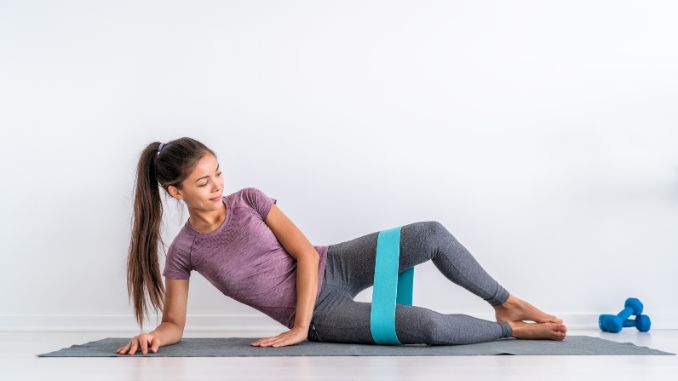
Clamshells also work the gluteus medius, but they focus on the outer part of your hips. By lifting the top knee while keeping your feet together, you are specifically toning the area around the hip dips, helping to smooth the transition between the waist and hips.
How to perform:
C. Hip Thrusts

Hip thrusts primarily target the glutes, and by doing so, they can give your hips a more rounded appearance.
How to perform:
D. Lunges
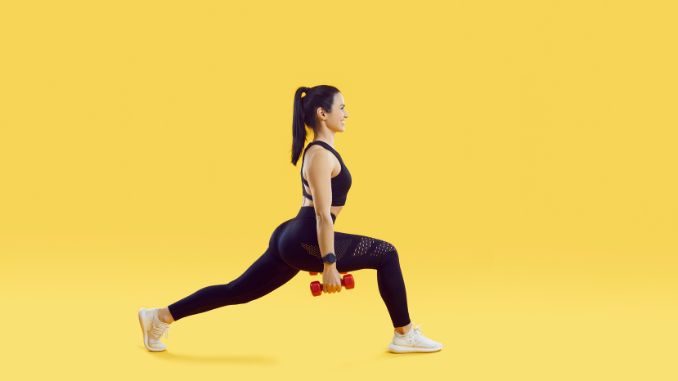
Lunges work on the muscles in your thighs and hips, including the glutes. They help to improve muscle tone in the hip area, which can make the dips appear less pronounced as the muscles become more defined.
How to perform:
E. Squats

Squats are a comprehensive lower-body exercise that engages the glutes, quads, and hamstrings. They help build muscle mass in the hip and thigh region, contributing to a smoother and more toned appearance.
How to perform:
F. Dead Lifts
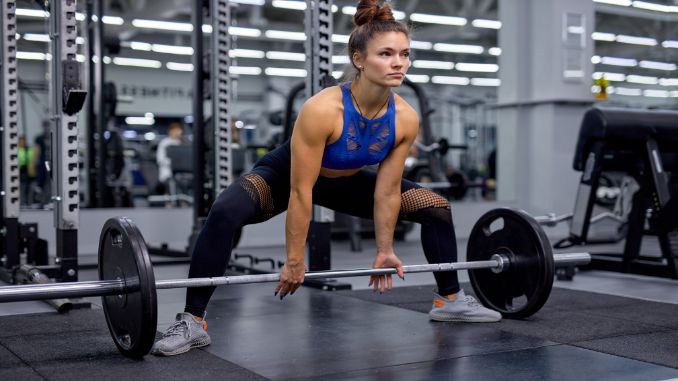
Deadlifts strengthen the glutes, hamstrings, and lower back. They can assist in overall hip and thigh muscle development, which, in turn, can contribute to a more balanced and aesthetically pleasing hip area.
How to perform:
For this exercise, observe proper form and start with lighter weights to avoid injury.
2. Cardiovascular Exercise
Incorporate regular cardiovascular workouts like running, cycling, or swimming to help reduce overall body fat. While you can't reduce body fat in specific areas, cardiovascular exercise contributes to a leaner physique and can help minimize the prominence of hip dips.
3. Cardiovascular Exercise
Maintain a balanced and nutritious diet. Focus on consuming whole foods, lean proteins, fruits, vegetables, and whole grains. A balanced diet can support healthy hips, overall health, and fitness goals.
4. Hydration and Skin Care
Stay hydrated to promote healthy skin elasticity. Proper hydration can help maintain the skin's firmness and contribute to a smoother appearance in the hip area.
5. Posture and Core Strength
Improved posture and core strength. Good posture can enhance your natural body shape, while a strong core provides stability and can improve overall body appearance.
6. Clothing Choice

Select clothing that complements your hip bone structure and body shape, minimizing the appearance of hip dips. High-waisted and A-line skirts, dresses, and well-fitting shapewear can provide a more balanced look.
7. Body Positivity and Self-Confidence
Embrace body positivity and self-confidence instead of trying unconventional methods to get rid of hip dips. Recognize that a hip dip is a natural part of many body types. Developing a positive self-image can help you feel comfortable and confident in your own skin.
The Importance of Body Inclusivity
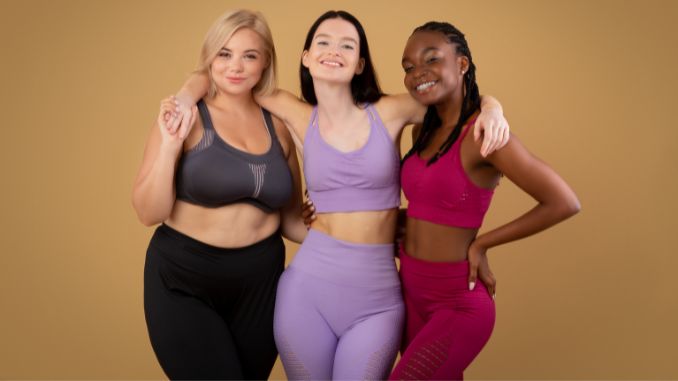
Promoting body inclusivity is a powerful movement that celebrates the diversity of human bodies and challenges societal beauty standards. By embracing and highlighting the beauty of all body shapes, sizes, and abilities, body inclusivity fosters a more accepting and compassionate society. Here are valuable benefits of fostering body inclusivity:
1. Promotes Self-Acceptance
Body inclusivity encourages individuals to embrace and accept their own bodies as they are, regardless of shape or physical attributes. This can lead to enhanced self-esteem and overall mental well-being.
2. Fosters Diversity
Recognizing and celebrating diverse body types promotes a more inclusive and tolerant society. It helps break down harmful stereotypes and reduces discrimination based on appearance.
Body shaming and the pressure to conform to narrow beauty standards can contribute to mental health problems like anxiety, depression, and eating disorders. Body inclusivity can help reduce the prevalence of such issues by promoting a more positive body image.
4. Improves Physical Health
Encouraging body inclusivity can lead to an emphasis on general health and well-being rather than just aesthetics. Humans are more likely to engage in healthy behaviors and lifestyles when they feel accepted and valued, regardless of their body shape.
5. Enhances Empathy
It fosters empathy and understanding by encouraging individuals to consider and appreciate the experiences and challenges faced by people with different body types. This, in turn, can lead to a more compassionate and equitable society.
6. Empowers Individuals
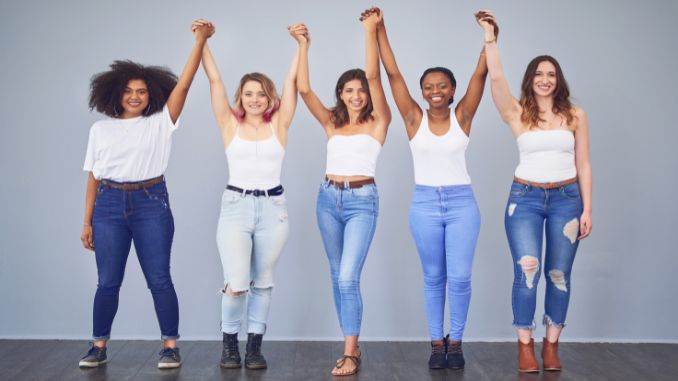
Body inclusivity empowers people to love themselves as they are and not feel the need to conform to unrealistic beauty ideals. It allows individuals to define their self-worth on their own terms rather than societal standards.
Conclusion
Embracing body differences, including natural features like hip dips, is a powerful step toward fostering a culture of body inclusivity. Recognizing and celebrating the diversity of human bodies is not just about physical appearance; it's about promoting self-acceptance, self-confidence, and the mental and emotional well-being of individuals.
By encouraging body inclusivity, we create a society that values people for who they are, regardless of their physical attributes. This inclusive mindset reduces the impact of unrealistic beauty standards. It contributes to a more equitable world where everyone is valued and accepted for their unique selves.
Elevate your confidence and embrace body positivity with 'Unlock Your Hip Flexor,' celebrating the beauty of your natural contours, including those fabulous hip dips – you're incredible just the way you are.

